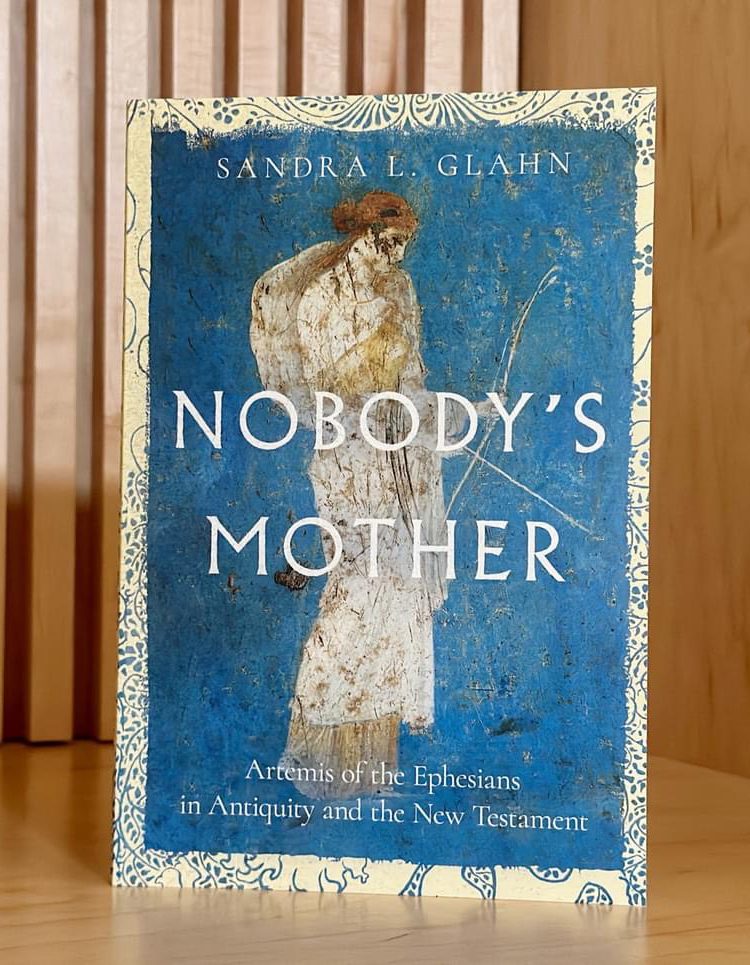When I attended Southeastern Bible College in the late 90’s, I learned that SEBC also stood for Southeastern Bridal College. Yes—it was a joke but it came as a surprise that marriage was a legitimate goal of many of my peers. As I learned in passing from a friend—her parents were praying “she would find the right one.”
- Not that she would do well in school.
- Not that her degree would lead to a satisfying career.
- Not that she would have opportunities to proclaim Christ using her gifts.
No—the proverbial ring by spring was the subject matter of their prayers for their daughter.
The results of this phenomena astonished me. Every spring—and fall for that matter—brought with it announcements of engagements and marriages.
Now—don’t misunderstand me. From a social standpoint, young adulthood—most frequently experienced in college—is an age-appropriate time to consider marriage. And finding a life-time partner who has similar values and complementary gifts is a wise procurement.
My amazement and wonder, however, lie in this unspoken (and well, often spoken) assumption that a woman went to college to get married and have babies. And her education—if she continued her degree—was to complement her husband’s calling. A subservient second fiddle. This was her highest calling.
In the introduction of her book, Nobody’s Mother, Artemis of the Ephesians in Antiquity and the New Testament, author Dr. Sandra Glahn shares a similar faulty mindset. Coming from a large family with a wonderful stay at home mom, Glahn planned to marry and have a large family of her own. Until her family couldn’t grow. After multiple miscarriages and an ectopic pregnancy that almost took her life, Glahn realized that she would not have that large family she envisioned.
She writes, “…my ideal of a woman said I would fully image God by bearing and rearing children. But now I had no category for myself. Wasn’t being a mother what God made wives for? In my own system, I failed to do the very things for which I was created.”
Of course—as Glahn readily admits and now believes—marriage and childbearing is not the ultimate realization of a woman’s humanity and image bearing. Marriage and raising children is a gift that a woman can treasure and steward, but the absence of marriage and/or motherhood does not make her less than.
Perhaps you’re shaking your head saying, “Well of course not. Why would someone think a woman unmarried or without children is not a complete person? That’s silly.” But the belief came from somewhere. And there are those today who still vehemently protect these ideals of marriage and motherhood as badges of honor that must be attained in order for a woman to have inherent worth.
Origin Stories
Though not likely the only place, connecting a woman’s value to her marital status and the condition of her womb may have origins within 1 Timothy 2:15.
“But women will be saved through childbearing—if they continue in faith, love and holiness with propriety, (NIV).”
This text, which is the subject matter of Glahn’s book, is part of a scripture passage that has left many a Biblical scholar, theologian, pastor, and everyday reader of Scripture puzzled.
She analyzes what Paul meant when he said, “women will be saved through childbearing.”
Glahn writes, “…every biblical text has a literary, historical-cultural, and social context.”
In other words, context matters.
Glahn isn’t the first to tackle this complicated scripture. Many explain the larger passage 1 Timothy 2:11–15 as creating an otological order of things. Adam was created first. Eve was deceived. Man is more intelligent and therefore should lead and the woman is more gullible and as such should be quiet and have babies.
Some acknowledge Artemis of the Ephesians who shows up in Acts 19:23–41 as playing some role in the context of the scripture—even to aid in building a case for this passage’s meaning. They argue that Artemis was a goddess of fertility.
Context Matters
In my early days of seminary, I was introduced to the Bible Study Method of Observation, Interpretation and Application. I learned that you have to fully understand the context of a passage before you assign meaning and apply the passage to your own life.
Makes sense.
What doesn’t make sense is how many have ignored those same rules when giving explanation to this scripture passage. In the introduction to his letter to Timothy, a church leader in Ephesus, Paul writes, “As I urged you when I went into Macedonia, stay there in Ephesus so that you may command certain people not to teach false doctrines any longer or to devote themselves to myths and endless genealogies. Such things promote controversial speculations rather than advancing God’s work—which is by faith, (1 Timothy 1:3–4, NIV).”
Paul has told Timothy to stop those who are spreading false doctrine and to stop devoting time to myths and genealogies.
To which false doctrines and myths is he referring?
Many are cleared up within the context of the book—which is exactly where we should search first but 1 Timothy 2:11–15 is not as easy.
Enter Dr. Sandra Glahn. Using literature, epigraphs, architecture, and visual art, contemporary to the time of Paul’s letter to Timothy, Glahn helps us understand the myths and false beliefs that young believers in the city may have grown up believing and practicing.
Glahn writes, “Artemis was worshipped as the protector, lord, preeminent god, and savior of the city of Ephesus. Cult statues communicated her power over both the natural and supernatural worlds in which humans could entreat her to work magic.”
She continues, “The goal of considering the identity of Artemis Ephesia at the time of the earliest Christians has been to provide a context for exploring the influence of the Artemis cult on Paul’s first letter to Timothy..”
Spoiler alert. Artemis of the Ephesians is nobody’s mother but she is known as a warrior midwife to whom the Ephesians would pray—asking for safety or sympathy in childbirth.
Of this she writes, “How interesting that Paul brings up deliverance through childbirth in a context where false teaching is likely to come from the cult of the goddess of midwifery…”
Research Matters
Glahn writes a thoughtful, scholarly work that is also accessible. I read Nobody’s Mother in an afternoon and plan to come back to it again and again.
Why?
Research.
I find it fascinating the ways that we can provide evidence for the Bible.
- Dead Sea scrolls.
- Multiple parchments saying the same thing again and again.
- History confirming the events of the Bible.
According to Answers in Genesis, one of the major ways we can prove the Bible is through archaeology. In other words, we can use “literature, epigraphs, architecture, and visual art contemporary to the time of…” events in the Bible to prove that the Bible is true.
If this practice proves the Bible correct, can’t the same practice better shine light on the context of passages—difficult passages especially—that we find within the Bible?
That’s what Dr Sandra Glahn has done with this masterful work.
But has she changed the Bible?
Not at all.
She writes, “I’m not saying Scripture changes based on culture, nor am I saying Scripture contradicts itself. In fact, because it does not do so, I believe scholars might be able to reconcile some passages that appear to contradict each other. They do so by considering differing audiences and contexts in which words were written and read—because every biblical text has a literary, historical-cultural, and social context. Knowing this, helps readers understand its meaning.”
Old Wives’ Tales within The Church
In 1 Timothy 4:7, Paul writes, “Have nothing to do with godless myths and old wives’ tales; rather, train yourself to be godly,(NIV).”
Could it be we’ve entertained the old wives’ tale—women are meant to be wives and mothers—based on a misunderstanding of this scripture passage? I think so. And the research that Glahn supplies in her book—which is much more extensive than I’ve shared—points to that reality as well.
As enthusiastic as we may be to use history and artifacts to prove that what the Bible contains is true, we must be equally willing to admit that history and artifacts may prove we’ve inaccurately interpreted some texts.
Why does it matter?
In her introduction, Dr Glahn writes, “Many confess they have guarded the church against any form of feminism while leaving the backdoor wide open to misogyny.”
The church’s skeleton-filled closets confirm this.
Maya Angelou wrote, “Do the best you can until you know better. Then when you know better, do better.”
We must do better.
When we isolate the role of woman to marriage and motherhood we silence the gifts of those who remain single. We ignore the presence of women who have more to offer than their womb. We invite misogyny and inequality to breed in a space that God called very good when the man was no longer alone.
Glahn writes, “Whether she is single or married, divorced or widowed, with or without biological or adopted children, a woman has the same highest calling as every other human: to glorify God and multiply worshipers–that is, to do the will of God (Mt 28.19-20). This is what she was made for.”

Final Thoughts
Read this book. Then read 1 Timothy cover to cover.
Two things will happen.
You will change your mind about the meaning of “being saved through childbirth.”
And you will be astonished at the way Paul went tit for tat against the myths and false doctrines surrounding Artemis of the Ephesians.
Paul was brilliant.
And so is this book.





Leave a Reply